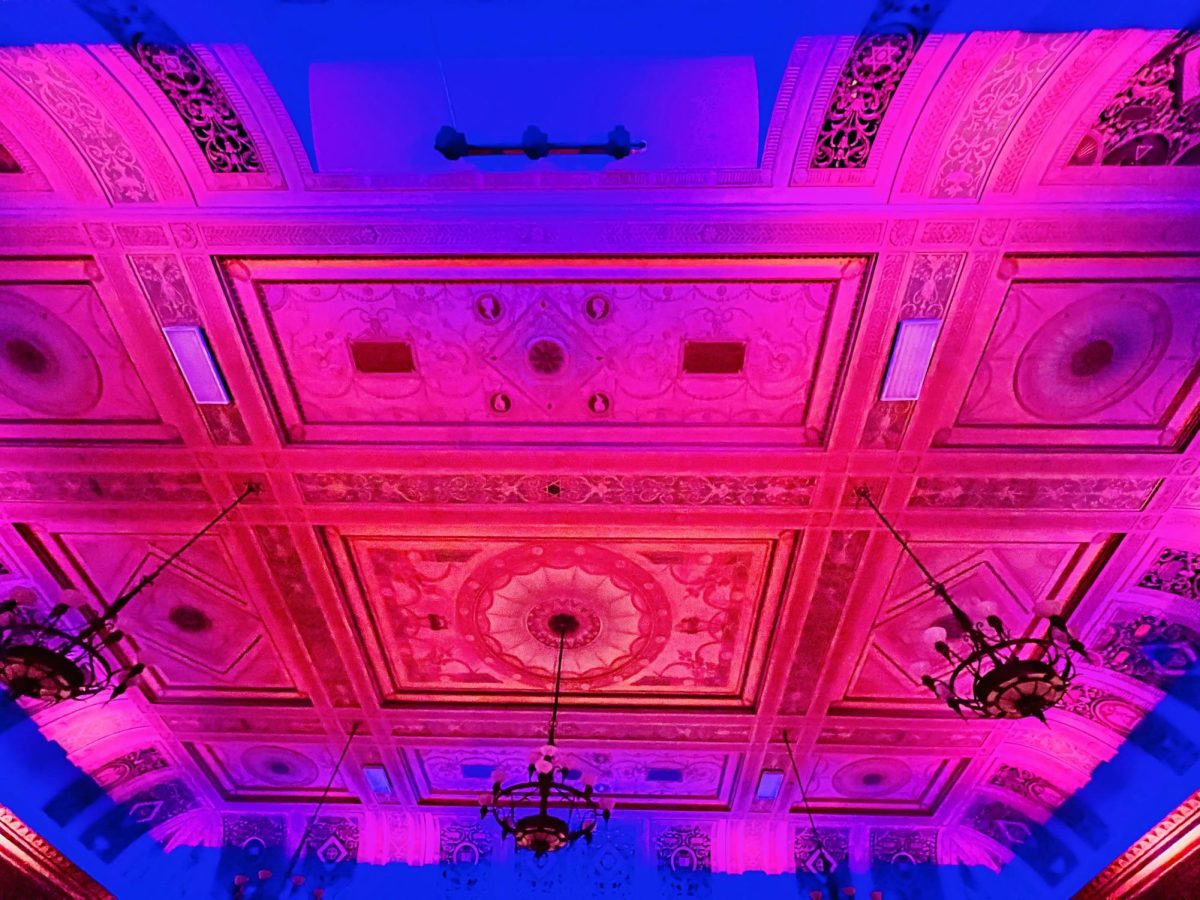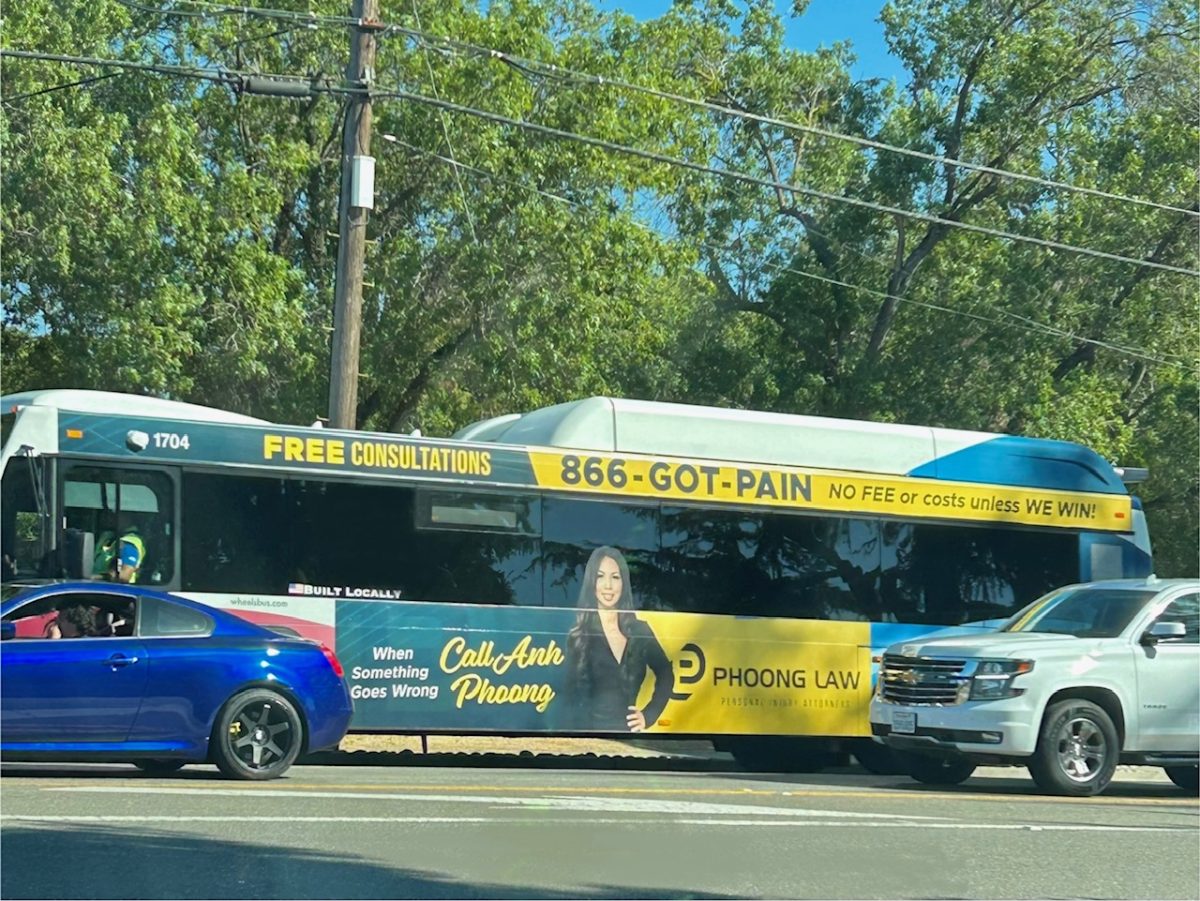Red and blue light are both forms of light on the electromagnetic spectrum. Red light is considered a cosmetic trend, said to be the antidote to all aging concerns, while blue light is said to harm people’s eyes.
“All ‘light’ is electromagnetic radiation. That includes everything from AM and FM radio waves, to microwaves that cook your food, to the colors that the human eye has evolved to see, to ‘heat’ which is really infrared, to the more dangerous ones like ultraviolet and X-rays,” said AP Physics teacher Bree Barnett-Dreyfuss.
Of the entire electromagnetic spectrum, only a small portion falls within the visible spectrum. The properties of the light are determined by its frequency. Red and blue are on opposite ends of the visible spectrum.
“When we see different colors, we’re actually seeing different frequencies of light and each frequency is a different amount of energy. Red is the least energetic, which is why red lasers are the most prevalent in toys and remotes and things, and purple is the most energetic,” said Barnett-Dreyfuss.
Red light therapy is a low-wavelength treatment; where the red light interacts with a molecule in the mitochondria, called cytochrome C oxidase. Cells in your body absorb this light, improving collagen production and circulation in your skin. According to some experts, this can also dramatically reduce the appearance of wrinkles.
“In terms of the therapies, there is more to consider than just the color. Just like a light in your home the intensity of the light depends on how much energy is being supplied to it, which we would perceive by the brightness. A red light can still be dangerous if given enough energy, even if it is considered the ‘less energetic color,’” said Barnett-Dreyfuss.
Blue light has a higher frequency and shorter wavelength than red light. Blue light, for example, is good for your natural sleep rhythm. It can also improve brain function in people. It is not very beneficial for people’s eyes, however, and constant exposure to it can lead to issues such as cataracts.
If commonly exposed, it’s advisable to consider wearing blue-light glasses to alleviate eye strain and maintain visual comfort.
“I’m pretty sure blue light glasses have been shown to be effective but it may not be for the reason people usually claim. Most glasses reduce a lot of glare. Many colored filters reduce all other colors of light except that color from getting through,” said Barnett-Dreyfuss.











